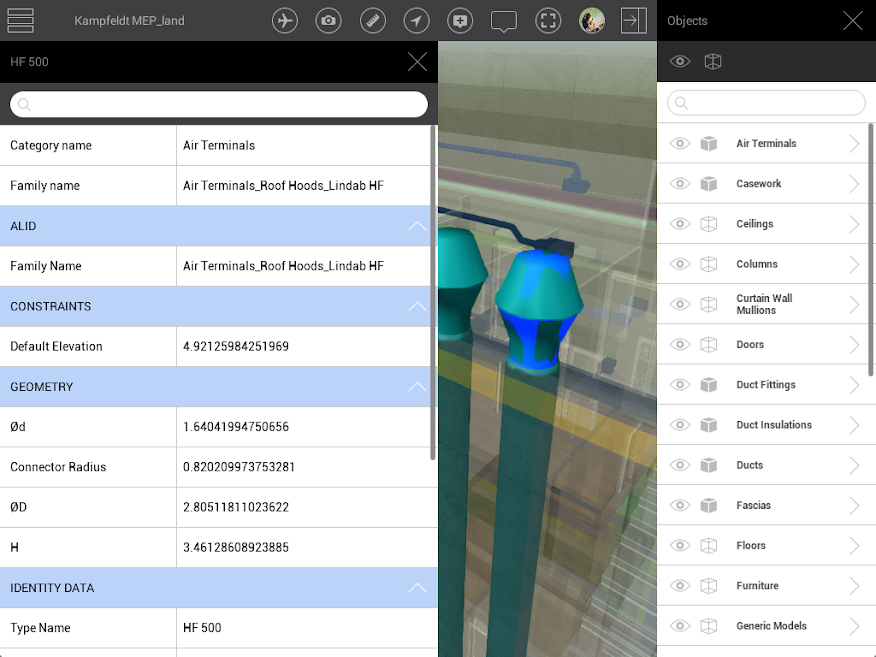

This process has worked well, not least because of its simplicity.

REVIZTO VIEWER SAMPLE FULL
Teams identify issues on site, or within the context of the 3D model or 2D drawing, assign responsibility to individuals, add deadlines and priority, then track each issue until it’s been resolved, with full accountability. With its ability to bring in data from a variety of sources, Revizto has become a bit of a hub for BIM model co-ordination. The software can also read in IFC, OBJ, FBX, PDF, point cloud (RCP and RCS) and BCF files. There are plug-ins for Revit, ArchiCAD, Tekla Structures, Navisworks, SketchUp, AutoCAD Civil 3D, Vectorworks and MicroStation (including OpenRoads Designer and OpenBuilding Designer). While the name might suggest a loose association with Revit, the software actually works with a huge range of CAD/ BIM tools, focused on buildings and infrastructure. It used to be ‘BIM collaboration’ or ‘BIM co-ordination’ but it’s now being pitched as an integrated collaboration platform. This is reflected in how the product is marketed. Customers now include Atkins, AECOM, Arup, Balfour Beatty, Foster & Partners, Jacobs, Lendlease, Skanska, Vinci, Willmott Dixon and many more. When Revizto started out, most of its customers were on the design side, but in the last few years there’s been a big uptake in construction. With a cloud or local server-centric workflow, data is pushed out to a variety of devices, including desktop (Windows and MacOS) and tablet (iOS and Android) so issues can be resolved in the office and on site. The software combines 2D and 3D models for a ‘single source of truth’ presented through a simple user interface that can be accessed by anybody on the project team. In a crowd of AEC collaboration software, Revizto stands out for its sharp focus on issue tracking. For example, components with identical properties can now be found in a single click Revizto now makes it much easier to use object data to your advantage.


 0 kommentar(er)
0 kommentar(er)
